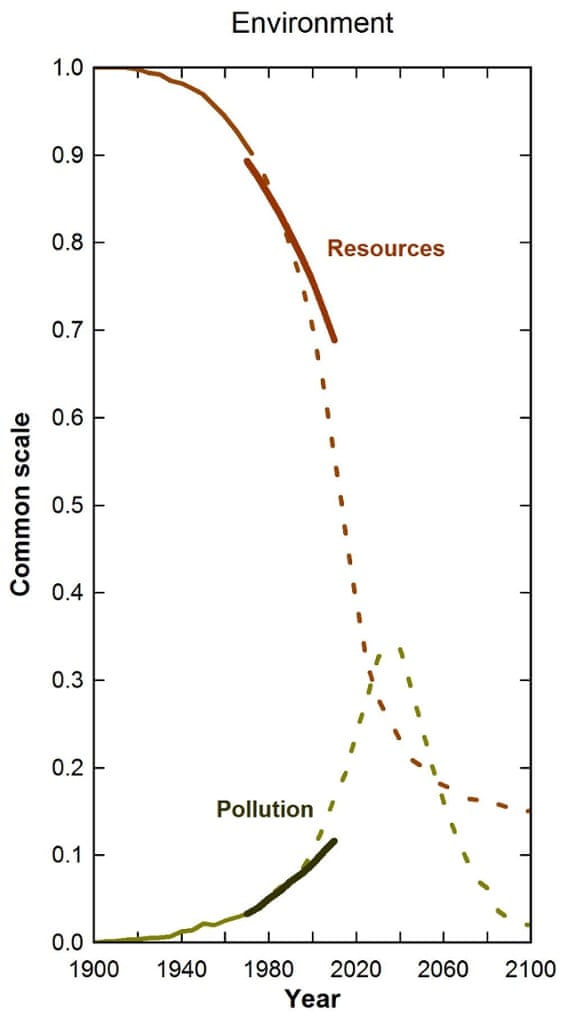Recently a tech company based out
of San Francisco named Pembient announced an ambitious idea to decrease the
negative impact of rhinoceros poachers: flood the market with a large amount of
synthetic rhino horn at 1/8 of the price[1].
The company has developed the capability to 3D print synthetic rhino horn using
keratin and rhino DNA. The main reasons behind people’s demand for rhino horn
are rooted in cultural and historical medicinal practices. The history behind
rhino horn consumption begs the question: what makes Pembient think that their
synthetic horn will be widely accepted when it hits the market? The potential
problem Pembient could encounter comes from their lack of design thinking.
Design thinking, as discussed by Tim Brown & Jocelyn Wyatt in the “Stanford
Social Innovation Review,”[2]
negotiates an innovation’s intended effect with the intended community’s
knowledge and experience through constant adjustment of the finished product
through prototyping.
Considering that the black rhino
has gone extinct within the last decade and currently all other species of
rhino are classified as being endangered, 3D printed technology would address a
very real environmental and societal need. Though this innovative idea may seem
beneficial at a glance, the impact of its development and distribution are
worrisome. The effectiveness of the innovation hinges upon it being widely
accepted in the market as rhino horn. Though DNA tests point to the synthetic
product being identical to real rhino horns, there is no comparison between the
look and feel of the synthetic and real horns. 3D-printing a product could result
in a different structural layout of the cells and by extension the aesthetic of
the piece. Furthermore, flooding the market with rhino horns only seems like an
effective strategy at first glance. Pembient could inadvertently increase the
demand for rhino horn by making it more readily accessible in the areas it will
be introduced. The reasoning behind Pembient’s idea is also worrisome. By going
through the trouble of synthesizing a rhino horn, the company could be
unintentionally perpetuating the non-existent medicinal benefits of rhino
horns.
Pembient is well-intentioned with
their product, but often times good intentions do little to contribute to the
effectiveness of an innovation. Moving forward with the development and
distribution of the product will prove to be the most significant aspect of
Pembient’s product. The company will have to be attentive to consumer’s
reception of its product and respond accordingly. Overall the theory behind the
product is promising. If the market accepts the synthesized rhino horn as a
perfect substitute for the real thing, then flooding the market with rhino horn
at a lower price could be an effective strategy to curb poaching. If Pembient
finds success with the distribution of this product, then the applications could
carry huge implications for the countless species that are poached every year
for their perceived, yet often non-existent, medicinal benefits.
